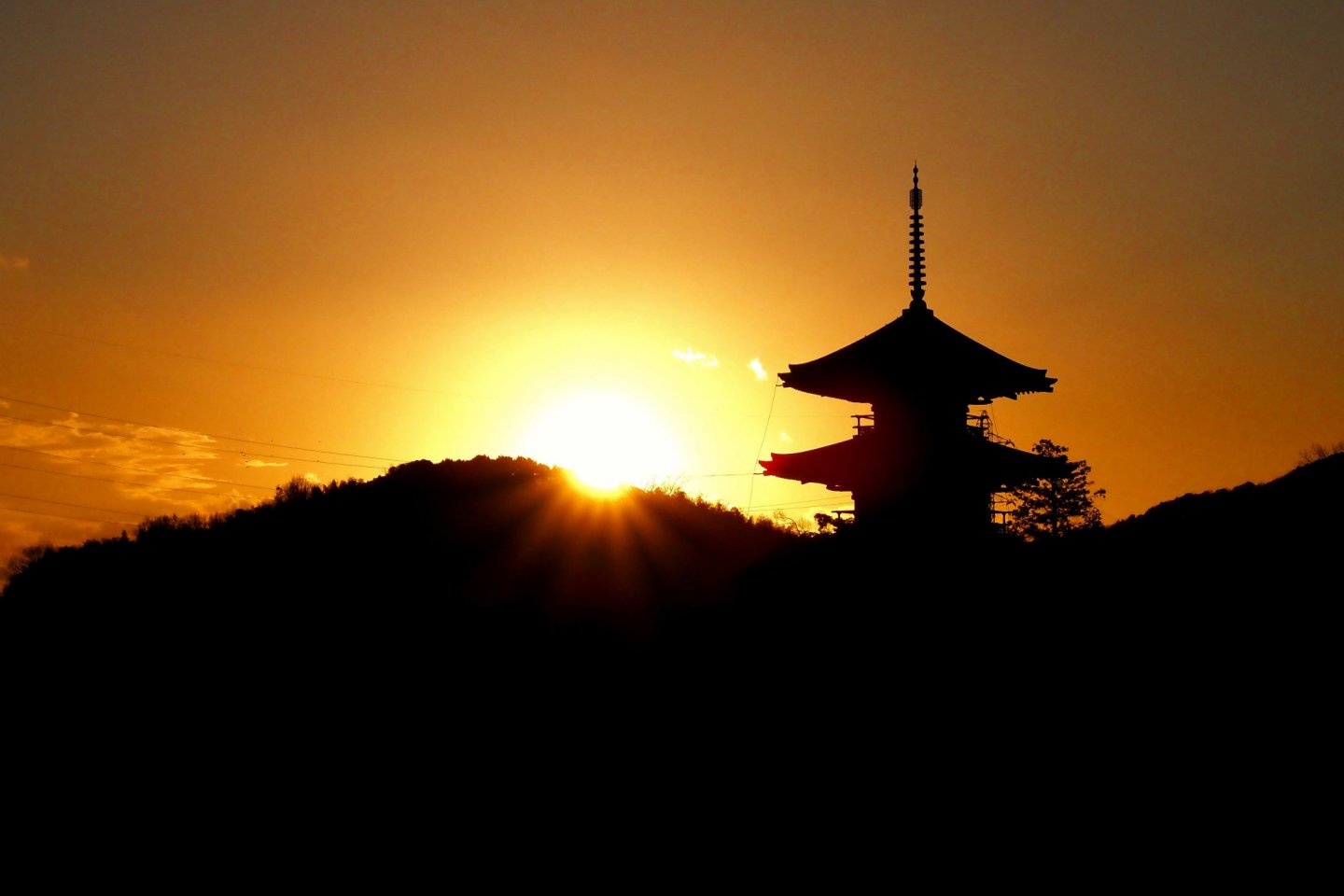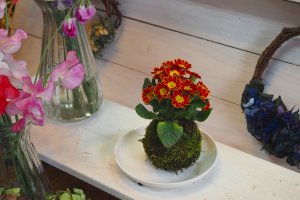The ancient capital city of Nara is a popular tourist destination and well-known for its wealth of historical buildings and World Heritage Sites, plus abundant and inquisitive deer. But less people know of Ikaruga-chō, a quiet district of Nara just a few stops south-west of the city itself, and home to one of the oldest and most important temples in the whole of Japan, Horyuji Temple. However there is so much more to see and do in Ikaruga beyond that famous temple, from exploring the quaint backstreets and fashionable cafes, to discovering the hidden shrines, temples and pagodas which seem to greet you at every turn, plus much more besides. It also makes for a great day trip and convenient stop-off, especially if traveling between Nara and Osaka. Let’s find out what Ikaruga has to offer!

What to see and do
One of the most famous temples in Japan, Horyuji Temple nevertheless remains a little off the main tourist trail, and so may be unfamiliar to a number of foreign visitors. A temple was first constructed on the site in 607 by Prince Shotoku, a key figure in establishing Buddhism in Japan. But the temple we see today dates from around 700 as the original structure completely burnt down following a lightning strike in 670. Owing to its incredibly long history, the sprawling temple complex consists of numerous gates, buildings and artifacts, many of which are designated as national treasures and important cultural properties, and include some of the oldest wooden structures in the world. Horyuji Temple was also the first place in Japan to be designated as a UNESCO World Heritage Site (in 1993), and while it is undoubtedly the main reason why most people visit Ikaruga (and definitely should not be missed!), there are many other things on offer around the town too.

For a much more intimate temple experience it’s worth paying a visit to Kichiden-ji. Known as the ‘Temple of the Peaceful Death’. Elderly folk often come here to pray for health and a peaceful transition to the next life, and the temple grounds are home to a two-storey pagoda which is an important cultural property rare in Nara. But Kichiden-ji also offers a number of interesting hands-on experiences. These include making your own goshuincho, a kind of stamp book used for collecting blessings written in kanji whenever you visit a temple or shrine. A monk will guide you through the making process, from selecting the pretty coloured paper used on the back and cover, to where to fold and glue everything. Afterwards you will have a wonderful memento to take away with you, ready to use when you visit other sacred places around Japan!

After the goshuincho making you can join a prayer ceremony in front of the temple’s Amida Buddha; here a monk recites a sutra and you can follow the rhythm by drumming on a mokugyo, a small wooden bell carved in the form of a fish. It is a wonderful meditative experience.

At the Orange Garden (オレンジの庭) you can demonstrate your creative flair by trying your hand at a number of flower related crafts. Have a go at making a decorative kokedama (moss ball), a fun if slightly messy activity! Or spend a relaxing half hour making a shimenawa, a kind of paper ornament typically hung up at New Year and decorated with dried flowers, leaves and berries. Great activities for relaxing on a rainy day, and you’ll have a nice souvenir to take home at the end too (please check your country’s regulations regarding bringing plants back).

Food and drink
Ikaruga’s most famous local specialty is called Tatsuta-age, a unique regional twist on the ever-popular Kara-age (fried chicken) which is enjoyed throughout Japan. What sets this particular Ikaruga-version of fried chicken apart is that before being coated with potato starch and fried, the meat is marinated in soy sauce which gives it an extra delicious boost of rich and juicy umami flavor. The name actually derives from the Tatsuta River which flows through the town.

There are a number of places to sample this delicious chicken around Ikaruga, but one of the best places is Café Comodo, located just a few paces south of Horyuji Temple’s Great Eastern Gate. This delightfully stylish café (open daily 11.00-17.00, closed Thursdays) offers a couple of very reasonably priced lunch sets, plus individual dishes, drinks and desserts, the most popular of which is the tatsuta-age lunch set. Here the succulent fried chicken is served with soup, rice and seasonal, locally-grown vegetables, plus deep-fried ofu - steamed balls of wheat gluten which taste like a curious (but delicious) cross between tofu and mochi – a real Japanese delicacy. There is even a totally one-of-a-kind vegan ofu version of takoyaki (fried octopus balls, popular in Osaka); minus the octopus, they are a unique menu item for any Osakans craving their favorite snack. The café also has its own small woodwork studio and shop out in the back, with a collection of extremely cute robot-themed toys on display (and for sale), sure to delight kids and grown-ups alike.

Coffee lovers must be sure to check out CAFE Shinkyu ZADAN, an atmospheric and cozy café tucked away on a backstreet close to Chugu-ji Temple. This lovingly restored former home offers a range of single-origin coffees, along with wholesome savory dishes, desserts and cake. The friendly proprietors and all-round relaxing ambience will make you feel so at home that you won’t want to leave!


Getting around
While much of Ikaruga is perfectly walkable, a local company called Waikaru offers a range of exciting buggy tours, where participants can get behind the wheel of a 50cc mini landrover-like buggy and follow a guide through the narrow streets of the town. Tours stop-off at many of the main sights and other photogenic locations, making it a great and fun way to explore the area. Tours generally last around 2 hours and cost 4000 yen per person (max. five per group), with English-speaking guides available, and participants must have a valid International Driver’s License. The company has bicycles for rental for those who prefer to explore at their own pace.

Waikaru also runs an attractive vacation home called Ikaruga Biyori, conveniently located right behind the company’s office. This fully renovated home retains the charm and elegance of an old Japanese house, but has been updated with contemporary touches such as a full modern kitchen, air conditioning and Wi-Fi. With four bedrooms and room to sleep up to 10 people, it makes for a great place to stay if you plan to spend more than one day in the area.


































Thanks for including the cafe! For me, a freshly brewed cup of hot coffee beats any cold drink from a vending machine, even on hot days.